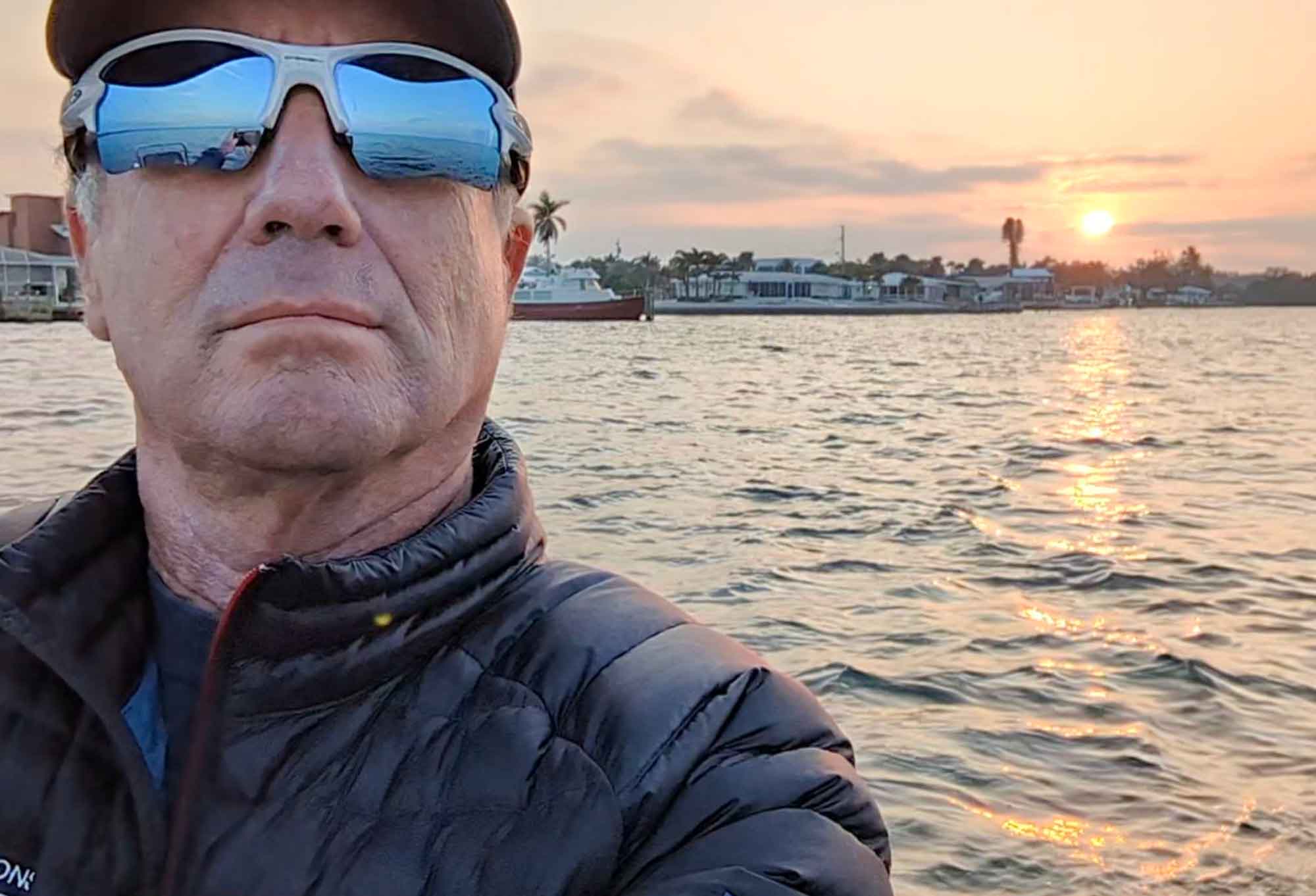Sports
Get Ready for Olympic Sailing: A Beginner’s Guide

If you’re excited to watch Olympic sailing but feel a little lost about what’s happening, you’re not alone! To help newcomers understand this unique sport, I did some digging and found answers to common questions.
First off, before every race, there’s a crucial 5-minute countdown. During this time, the sailors get into position, trying to find the best spot on the startline. It may look chaotic at times, especially when the countdown is about to finish, but these athletes know how to get ready quickly!
Now, let’s talk about the startline. It’s set at a right angle to the wind, with one end called the ‘pin end’ and the other called the ‘committee boat end.’ The boat end is where the officials hang out, counting down with flags, while the pin end is marked by a small buoy.
One interesting thing about sailing is that boats can’t sail straight into the wind. Instead, they zig-zag to reach the first mark, which is right upwind from the start. Sailors have to choose their side wisely as they set off!
Weather plays a huge role in sailing, making it a bit different from other sports at the Olympics. Sometimes, events are postponed because of the wind. If it’s too calm or too windy, the race might not happen, so organizers have to carefully watch the wind conditions.
Sailors measure windspeed in knots, which is a nautical term. Generally, less than 5 knots is too light for racing, and over 30 knots is too windy. And interestingly, the wind isn’t always the same everywhere, which means some areas of the course can have stronger winds than others. This is where sailors want to be, as stronger winds allow them to sail faster!
As you watch, if a commentator says the wind is ‘filling in,’ it means the wind is picking up in certain areas, which is a good thing for the sailors out there. Also, they often call wind ‘pressure,’ indicating that more wind means faster boats!
When it comes to moving upwind, sailors have to zig-zag, often sailing at about a 45-degree angle to the wind. After reaching the first mark, they switch it up and sail downwind, making it a lively race.
You might notice some colorful sails called spinnakers flapping around. These sails help the boats go faster when they’re sailing downwind. Sailors pull them up when heading down and haul them back in when they need to move upwind again!
Sailors also have to think about something called a layline, which helps them figure out the best point to change direction to reach the mark as fast as they can.
Lastly, unlike yachts that have heavy keels for stability, Olympic sailing boats rely on the athletes to balance against the wind. They do this by adjusting their weight and leaning out over the side of the boat. This unique skill is key to sailing faster!












